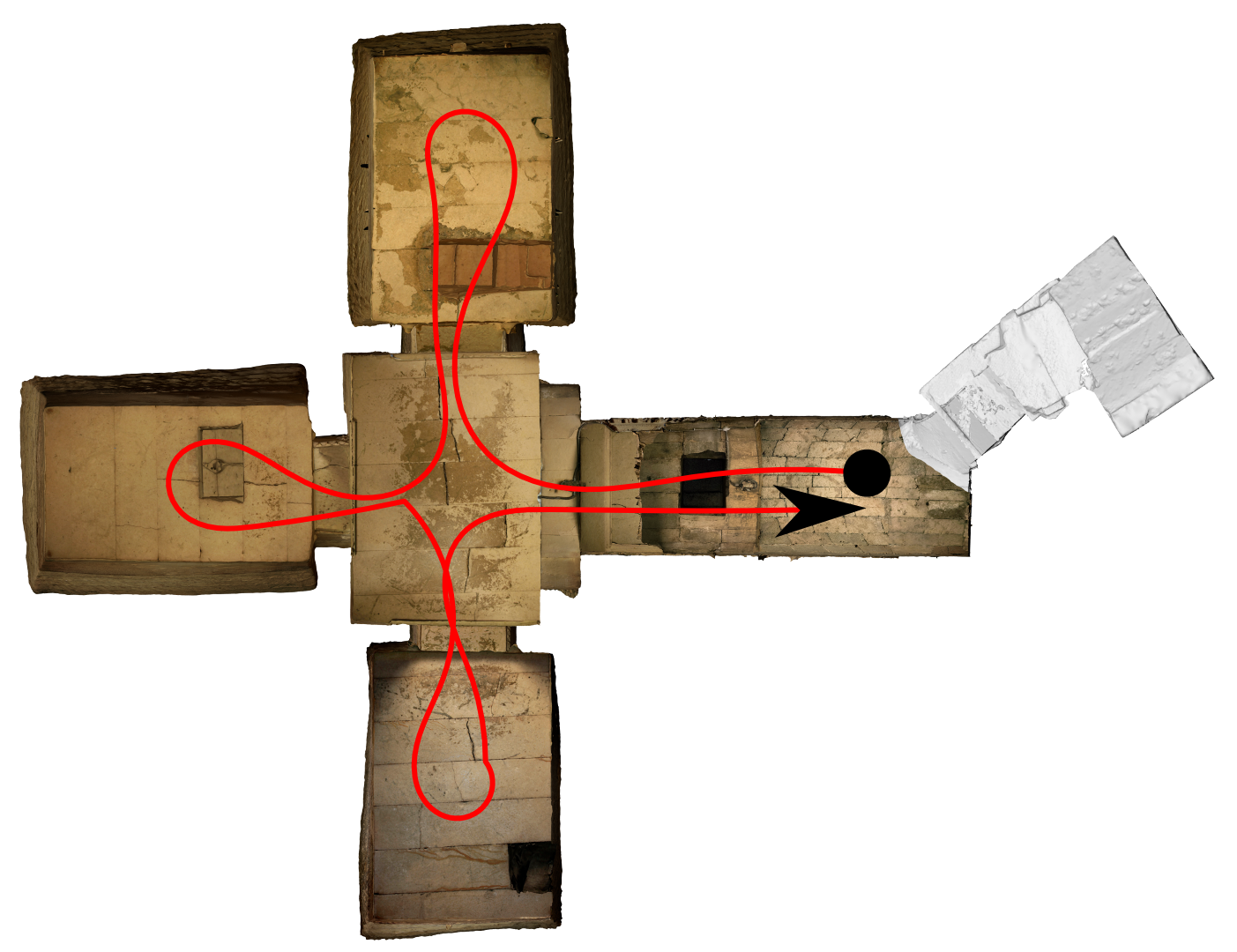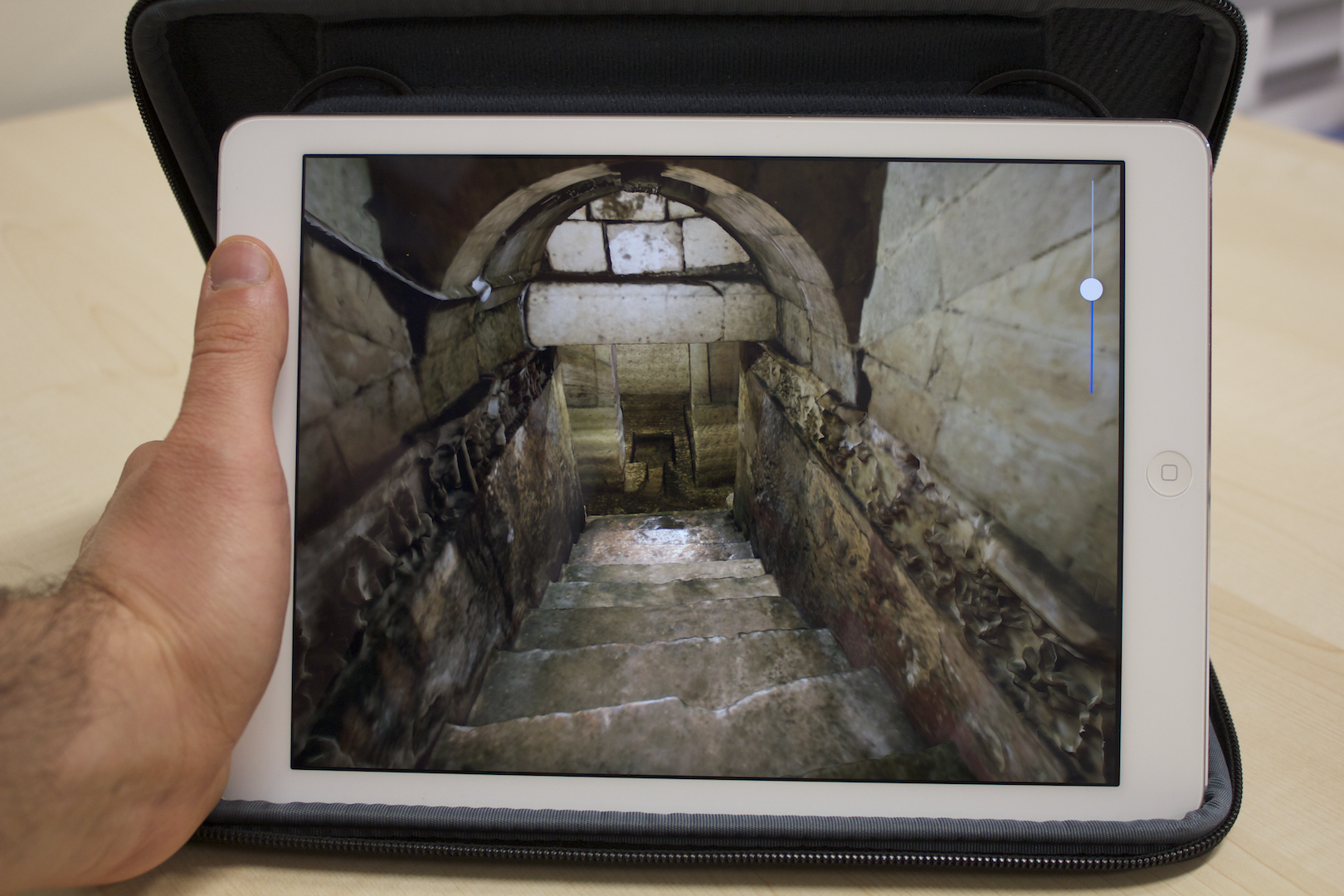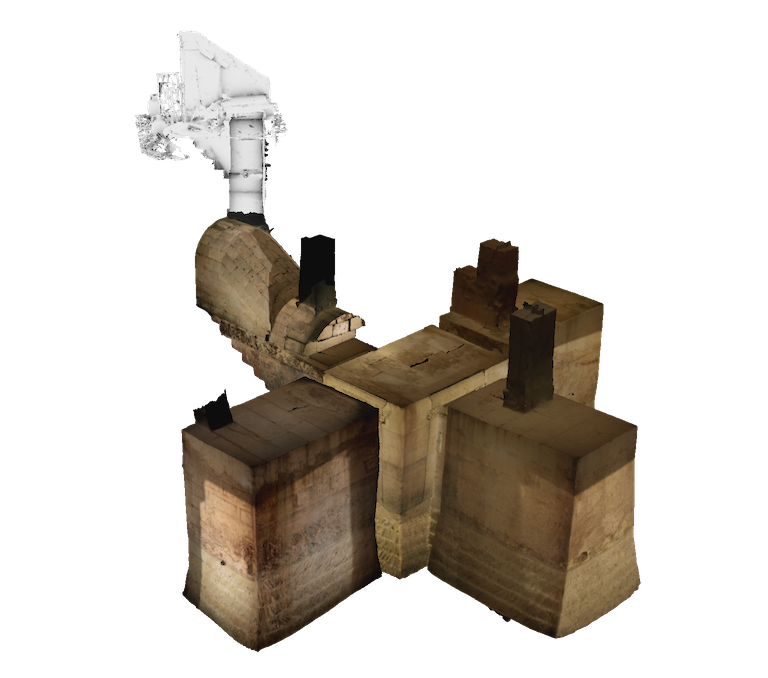VirtualTour: A System for Exploring Cultural Heritage Sites in an Immersive Way

Abstract
abstract
Abstract In the last few years, mobile or wearable virtual reality has gained new interest amongst the industry and researchers. The rapid development of new technologies such as high quality head mounted displays, accurate and cheap motion sensors (e.g. accelerometers, gyroscopes, depth cameras, etc.), localization sensors (e.g. GPS, compass, etc.) etc. have led to new opportunities that just a few years ago were not possible to achieve with off-the-shelf components. This renaissance of virtual reality is happening in both research and practical applications, such as computer games, movies, documentaries, learning, urban planning, etc. In this work we propose a system, VirtualTour, offering virtual exploration of Cultural Heritage (CH) sites on mobile devices based on a natural interaction approach; a few easy to understand (and to be tracked) actions performed by the user in the real world are translated into navigation instructions in the virtual world. To achieve this goal, we have exploited embedded sensors and the fast hardware of modern mobile devices.
More details please have a look to the official VirtualTour webpage.


